Google Pixel Buds Pro: four new features we want to see – and one we really don't
Google's rumoured 'Pro' could launch at IO, you know...
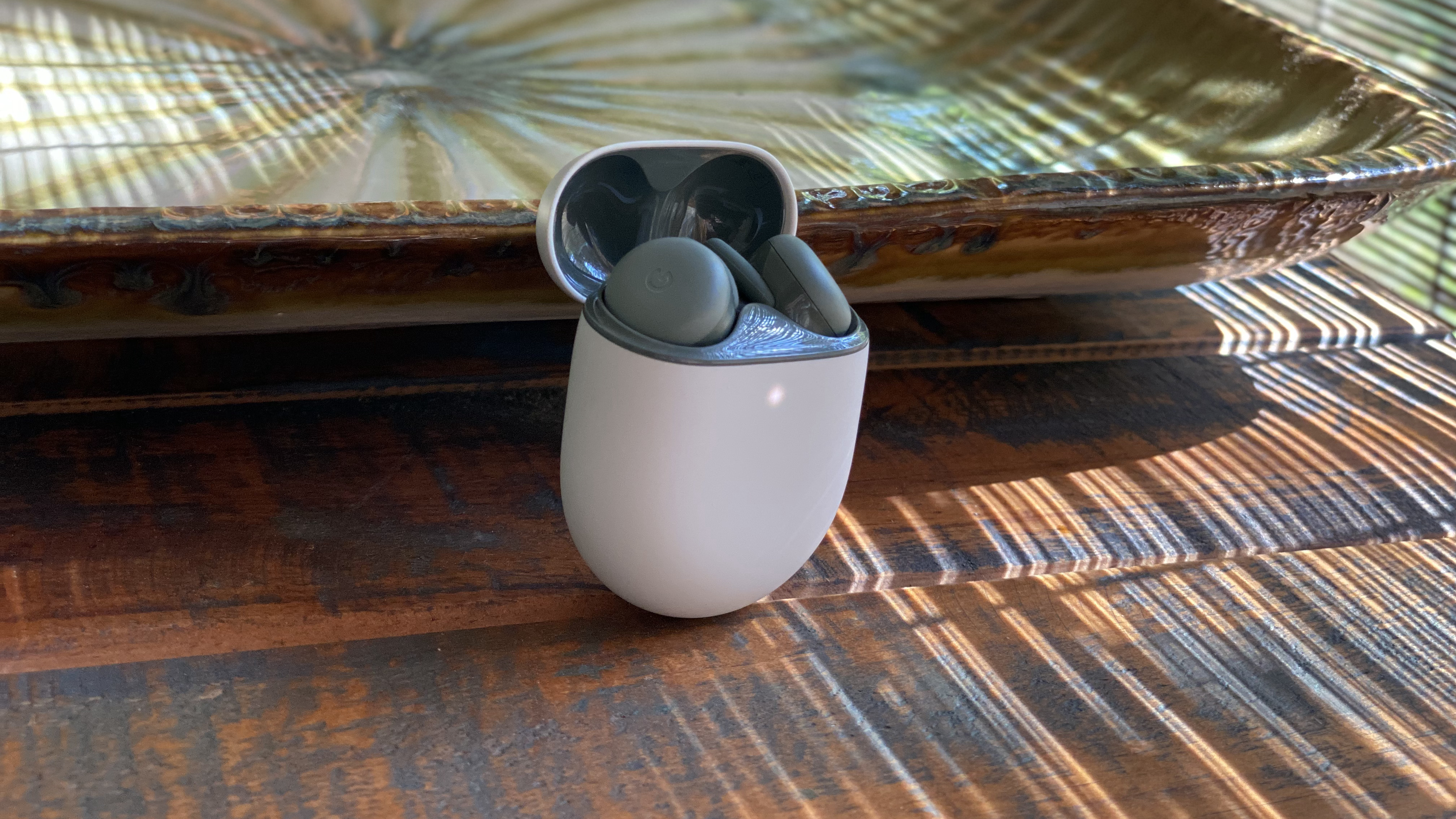
So, this aged well - we didn't expect the Buds Pro to land at Google IO, but land they did - you can read all about them in our Google Pixel Buds Pro explainer. IN fairness, we called a lot of the much-needed features correctly...
Original story continues below:
As the world gears up for Google IO, the much-loved search engine's annual tech event (consult our how to watch Google IO if you want to view the action, and we're running a Google IO 2022 live blog to bring you the most important details and biggest reveals as and when) we know some of the main things to expect.
Alongside the likely arrival of Android 13 and possible appearances from the Google Pixel 6a and Pixel Watch, faint rumors abound that we might see the rumored Pixel Buds Pro, tipped to finally take aim at Apple's AirPods Pro.
Google Pixel Buds Pro coming 🔜Real Red, Carbon, Limoncello, FogMay 3, 2022
According to noted tipster, Jon Prosser, Google Pixel Buds Pro will arrive imminently, in colorways ranging from the delicious-sounding "Limoncello" to the elemental "Carbon".
Other than that, very little is known about the Buds Pro (as they may or may not be called), although we can safely assume that if the 'Pro' suffix proves genuine, the wireless earbuds will launch with significantly hotter pricing than Google's most affordable Pixel Buds A-Series (which cost just $99 / £99.99 /AU$130) and the midrange Pixel Buds 2020, which launched at $179 / £179 / AU$279.
If Google's newest headphone protege is to trounce Apple's AirPods where the 'standard' Pixel Buds have so far tried and been found wanting, there are a few things we'd like to see (and one we definitely would not)...
1. Active noise cancellation
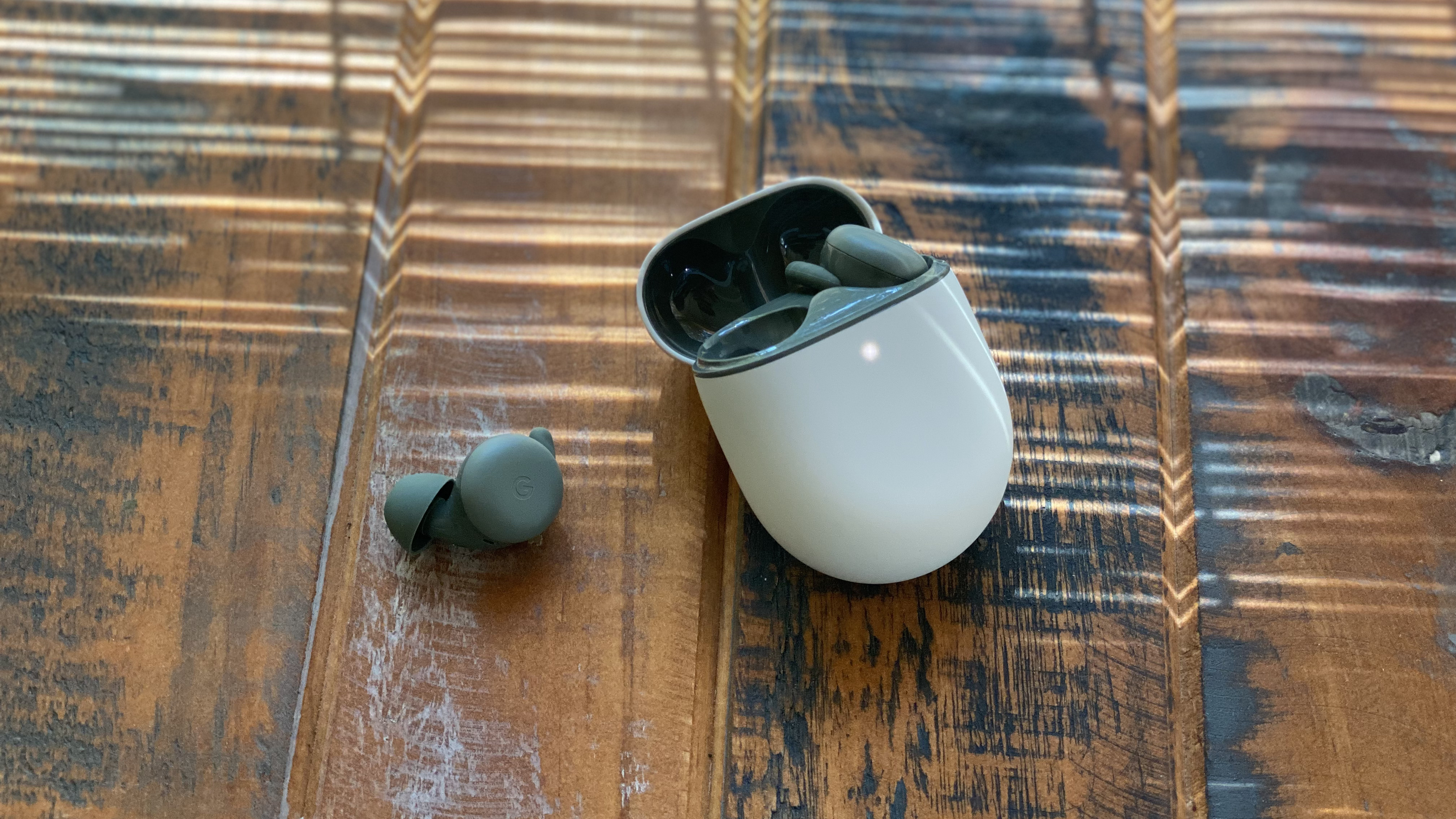
Obviously, because effective Active Noise Cancellation (ANC) is hardly a revelation in 2022, right? You'd think so, yet neither the A-Series nor the Pixel Buds (2020) offer active noise cancellation – and frankly, any Pro-suffixed earbud worth it's salt is going to have to come bearing it.
In fact (and as our best noise-cancelling earbuds buying guide proves) manufacturers have long been distilling the mics and anti-phase tech required to provide ANC in ever-more bijou designs and price-points – case in point, Earfun Air Pro.
And while we're on the subject of size...
2. Reworked earbud design
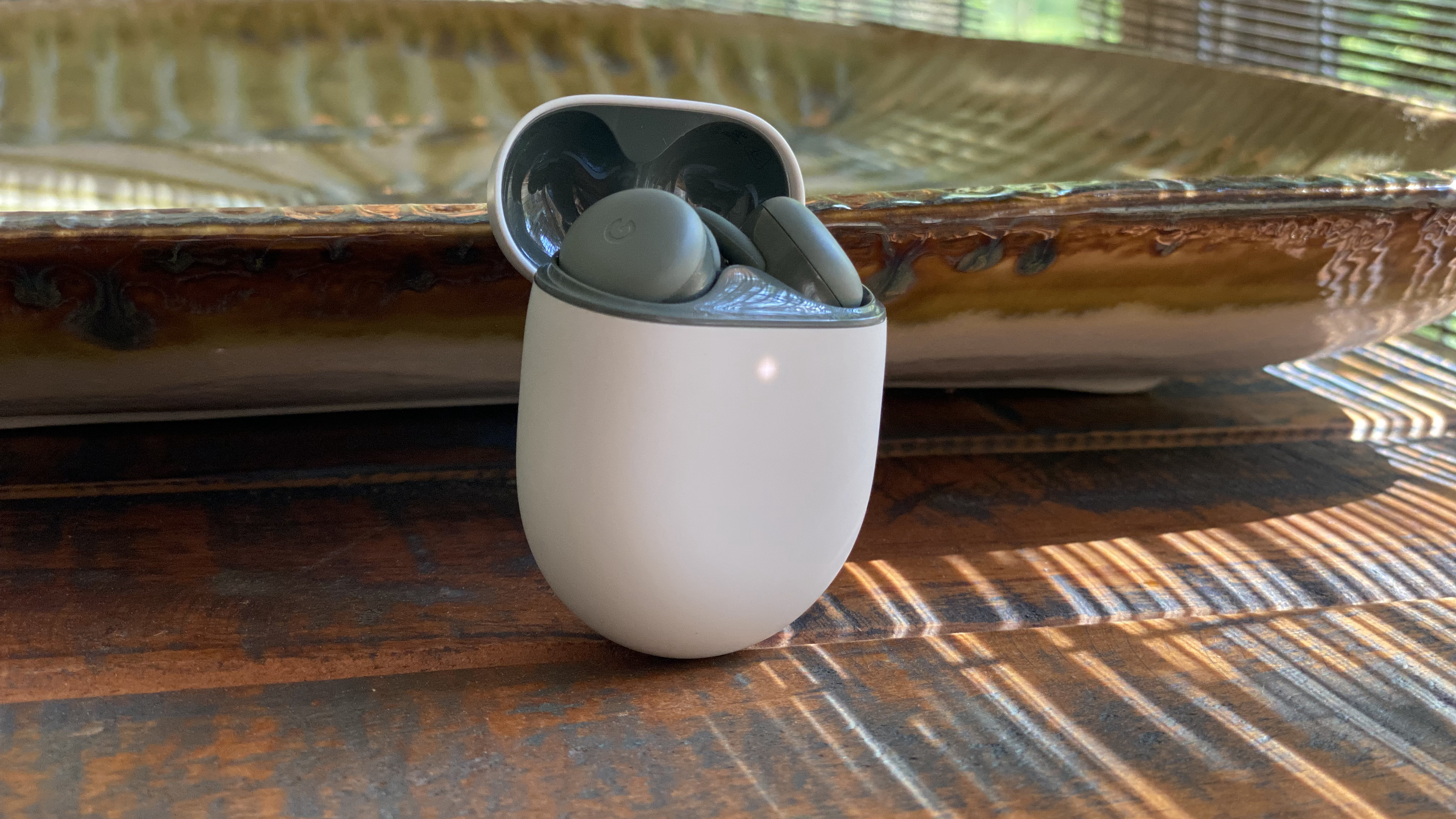
Although the Google Pixel Buds Series-A's driver housings are comparatively small, they stay in your ears with the help of a little nub-like protrusion that rests inside the outer ear. How comfortable you find the nub will depend on your ears, and we found them a bit uncomfortable to wear for extended periods of time.
This is because to stay in your ears, they need a certain amount of tension or pushback against the outer ear. And rather than use something like foam eartips – as seen on the Sony WF-1000XM4 – the Google Pixel Buds A-Series use generic silicone tips that aren’t as comfortable.
Thanks to the addition of a new stabilizer fin, we did find that they stayed in our ears a bit better than the slightly older Pixel Buds 2, but we'd still like to see further tweaks here.
3. Improved battery life

The battery life provided by the newer Google Pixel Buds A-Series and the older Pixel Buds (2020) is exactly the same, coming in at just five hours from the earbuds themselves, with a further 19 hours provided by the charging case – lowly by today's standards.
It’s a shame that Google has yet to make any improvement here – and we think now is the time. While we appreciate concessions had to be made to keep the asking price of Google's more affordable A-Series proposition down, budget wireless earbuds such as the Lypertek PurePlay Z3 have proven that it is possible to bake longer battery lives into budget-conscious products.
The newest Pixel Buds do support quick charging; 15 minutes of juice from the case nets up to three hours of listening time and an hour will give you a full charge – but is five hours good enough for a long-haul flight? Over to you, Google...
4. Spatial audio with head-tracking
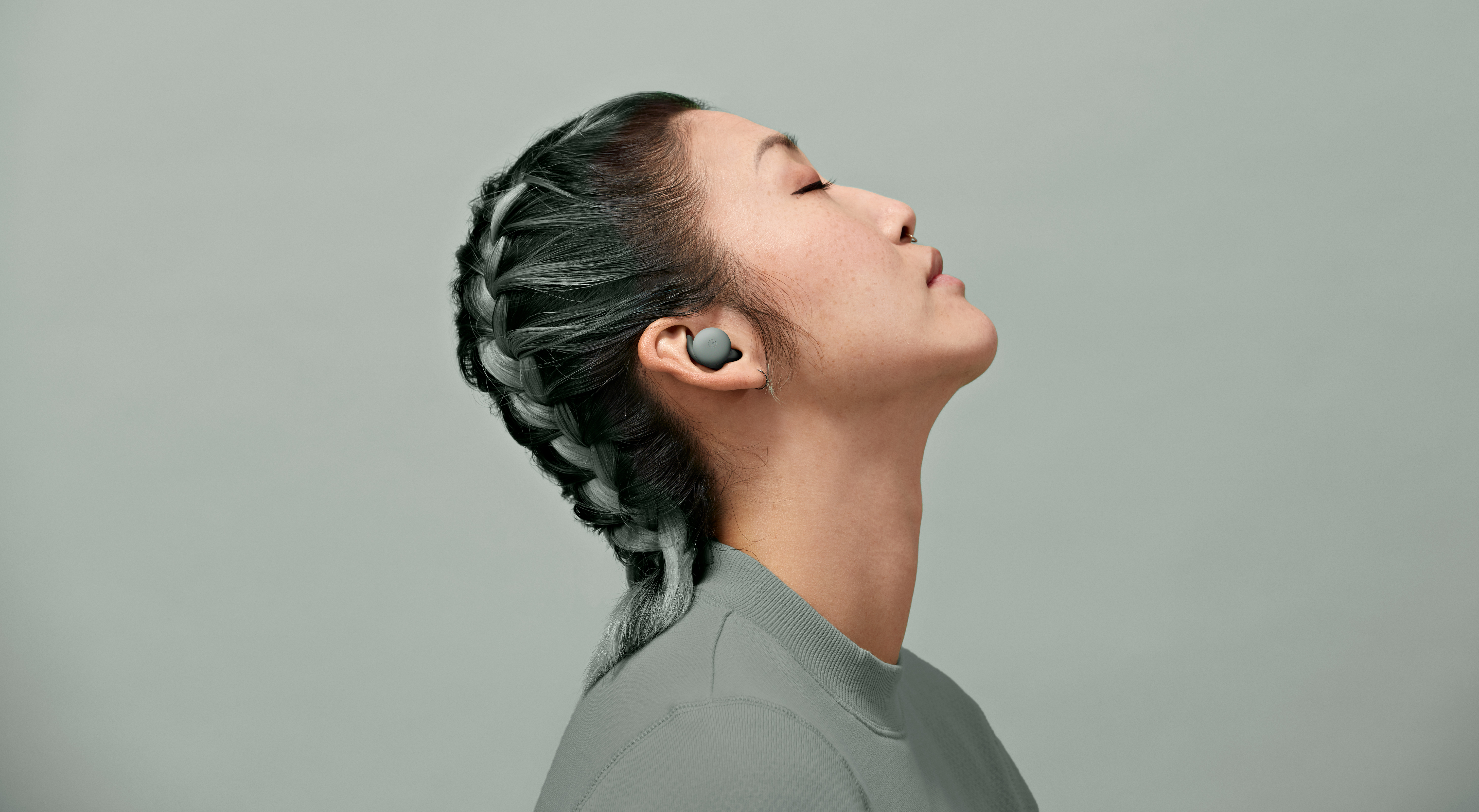
Last July, Apple Music's Lossless and Spatial Audio offerings landed on Android phones, meaning that songs on Apple's streaming service now displayed the Dolby Atmos logo – and your Android device could ping them to your Bluetooth headphones in Spatial Audio (as long as you enabled the function in your device's settings).
The Android 13 Beta already boasts built-in support for Spatial Audio with the extra head tracking feature. So surely, Google's latest wireless earbuds will also support it?
Essentially, these head tracking features give you the ability to change how the song or movie scene sounds by moving your head around – or even by moving your iPad or iPhone further away from your head.
Apple's AirPods have been a walled garden for Spatial Audio with head tracking for too long. If the Google Pixel Buds Pro could support it, the Buds might start to challenge...
And one thing we can do without (for now)...
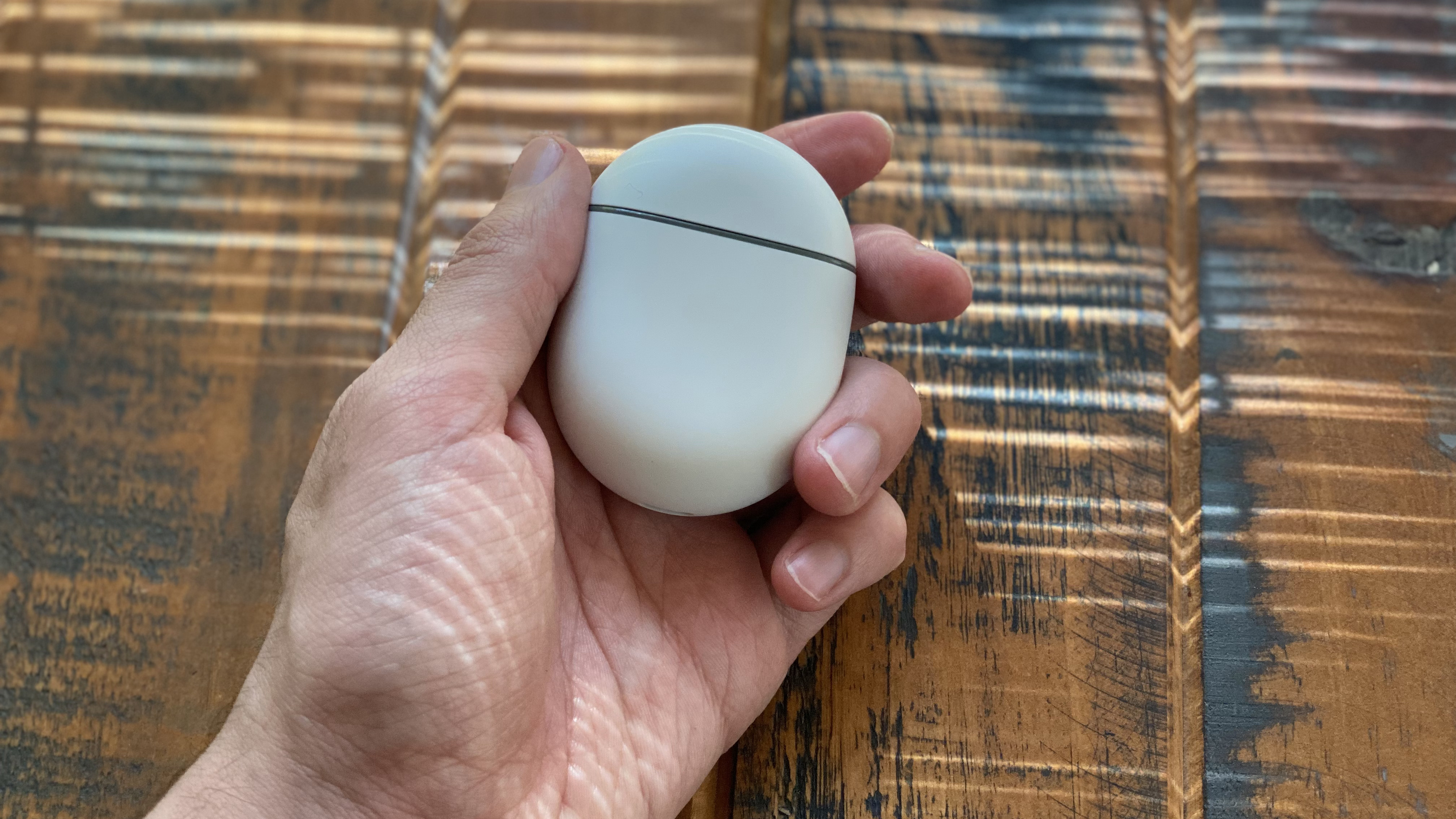
Like the idea of on-earbud touch controls? Of course you do – if done well, playback and volume alterations can be done easily and without digging your phone out from the depths of your bag or pocket. How about the idea of controlling your earbuds by touching that bit in front of your ear?
Well, a patent filed by Google to the World Intellectual Property Organisation (WIPO), published on 3rd March, shows a “Skin interface for Wearables” including a smartwatch and earbuds, which are depicted being controlled by a user touching their skin, rather than the product itself.
Of course (and as with any patent) we're not expecting the tech to arrive in the Google Pixel Buds Pro – the features detailed in the filing may never make their way into any future Google earbuds or watches – but on-skin control for wearables does sound... strange.
It isn't the first time Google has gone down this particularly gestural path, either. The Google Nest Hub (2nd Gen) features the Soli sensor for motion detection and Sleep Sensing (place it by your bed and a chip housed within it will monitor your sleep, then tell you how restfully you slept) and you can stop and resume tracks by simply showing your Hub the palm of your hand.
Then, consider the slightly older Pixel 4, the first phone with a radar sensor. Waving left or right above its display allowed you to skip songs; waving across the screen silenced calls and snoozed alarms.
Has Google's gesticulative functionality proved a hit or a miss? Well, let's just say that the feature did not return in Google's Pixel 5 or Pixel 6 smartphones...
Get daily insight, inspiration and deals in your inbox
Sign up for breaking news, reviews, opinion, top tech deals, and more.

Becky became Audio Editor at TechRadar in 2024, but joined the team in 2022 as Senior Staff Writer, focusing on all things hi-fi. Before this, she spent three years at What Hi-Fi? testing and reviewing everything from wallet-friendly wireless earbuds to huge high-end sound systems. Prior to gaining her MA in Journalism in 2018, Becky freelanced as an arts critic alongside a 22-year career as a professional dancer and aerialist – any love of dance starts with a love of music. Becky has previously contributed to Stuff, FourFourTwo and The Stage. When not writing, she can still be found throwing shapes in a dance studio, these days with varying degrees of success.